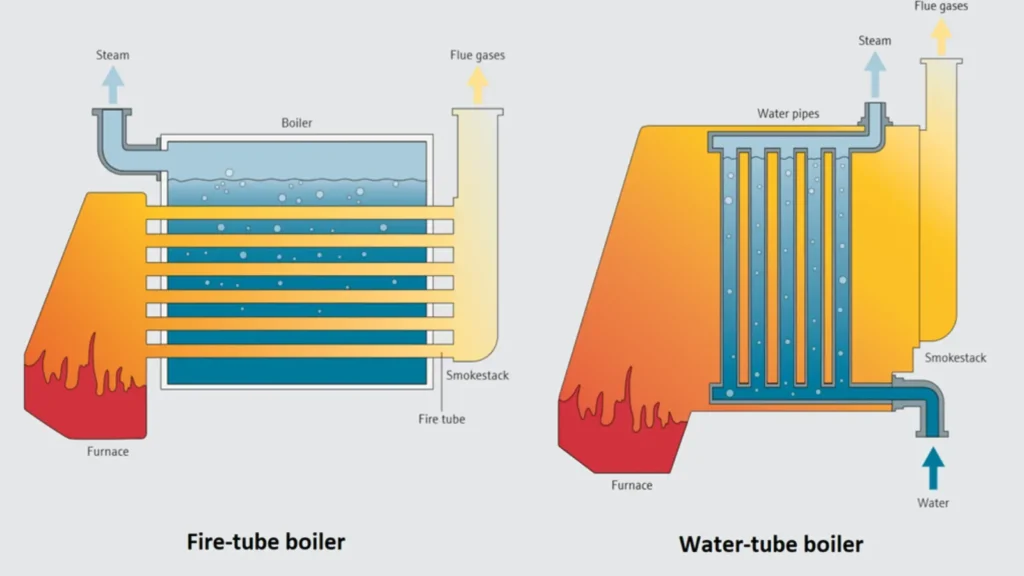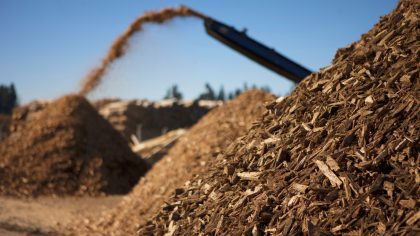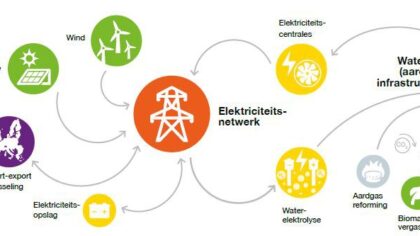Boilers can produce saturated steam, superheated steam or supercritical steam at increasing pressures and temperatures, depending on the requirements on the end-use side. Industrial boilers may have different purposes depending on the industries and facilities they are installed and may have a wide range of sizes. Industries with high steam demand, such as primary metals and pulp and paper, predominantly make use of large boilers, whereas more heterogeneous industries such as food processing and chemical manufacturing make use of both small and large boilers (Ecodesign, 2014).
The two most commonly used boilers are fire-tube boilers and water-tube boilers, which are described in this factsheet. In fire-tube boilers, hot gases pass through tubes that heat water in a shell. This water is converted into steam. Fire-tube boilers are competitive for relatively small steam capacities (

In 2019, natural gas was responsible for 188 PJ out of 420 PJ (45%) of the industrial heat demand in the Netherlands. The combustion of natural gas in boilers for own use is the main source of heat for the industry sector (ECN&CBS, 2020)
All information in the datasheets is also available in ESDL (Energy System Description Language). You can find them in the Energy Data Repository (EDR).


